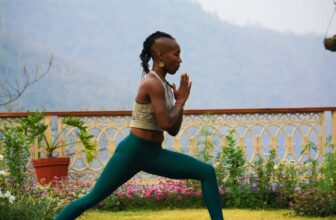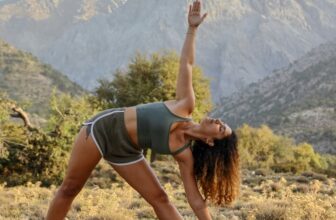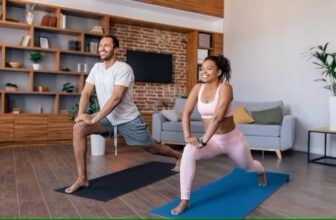4 Clothing Tips for Working Out in Summer
Whether you prefer exercising indoors or outdoors, summer is a fun season for physical activity. The best type of clothing depends on your exercise. Dress comfortably and stylishly with these four clothing tips for working out in the summer.
1. Wear Loose-Fitting Clothing
During summer workouts, particularly outdoors, wearing clothes that let air circulate is crucial for keeping cool. Loose-fitting clothing allows ample air between the fabric and your body, helping you stay comfortable and safe. Shorts, tank tops, or T-shirts made of lightweight materials can improve ventilation and prevent overheating.
Baggy or relaxed-fit workout attire also allows for a greater range of motion. Avoid wearing loose clothes, as you can catch them on equipment.
2. Wear Stretchy, Form-Fitting Clothes
This tip might seem to contradict the first one, but if you wear tighter clothes, you must choose ones made of stretchy fabric. Form-fitting clothes provide more benefits than loose clothes in some exercises, such as yoga or cycling.
Stretchy leggings made of a spandex-polyester blend are durable and allow for comfortable movement. A non-binding waistband prevents the pants from slipping or rolling. Plus, form-fitting apparel like yoga pants creates the perfect fitness outfit.
You can also find form-fitting tops made of breathable fabric. Tops that fit closely around the hips and waist won’t billow out when you run or bike, and the fit will keep the garment against your body during yoga or Pilates.
3. Choose a Moisture-Wicking Material
Another clothing tip for summertime workouts is to choose moisture-wicking material. Moisture-wicking clothes have fabric that moves sweat off your skin and to the other side of the clothing. This process helps the sweat evaporate faster, making you stay drier and cooler.
Avoid wearing cotton, especially if you’re going to sweat a lot. Cotton is a durable and comfortable fabric, but it soaks up moisture, keeping you hot and sweaty.
Temperate and moisture regulation is one of the top reasons to consider wearing base layers in summer. Lightweight base layers don’t insulate as well as midweight and heavyweight layers do, making them perfect for warm workout sessions. Wear a lightweight, moisture-wicking base for the best moisture regulation.
4. Protect Yourself From UV
Finally, protect yourself from UV rays. A broad-spectrum sunscreen protects you from UVA and UVB, but your workout clothes provide additional protection.
Consider the color, UPF, and fit of the clothes. Fabrics in dark and bright colors, like red, absorb more UV rays than lighter colors. When the material absorbs the rays, they prevent the UV from reaching your skin.
Some clothes have an ultraviolet protection factor (UPF) that limits UV radiation passing through the fabric. Fabrics with a UPF of at least 50 offer excellent protection, while UPF 15 offers minimal protection. UPF 50 fabric blocks about 98 percent of the sun’s rays and reduces exposure risk.
Depending on your activity, it’s best to wear loose-fitting or form-fitting clothes made of breathable fabric. Choose moisture-wicking material that keeps your skin dry and regulates your temperature. Finally, consider the fabric’s lab-tested UPF rating for UV protection for safe and comfortable workouts.






